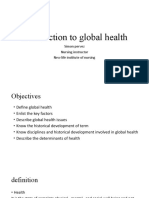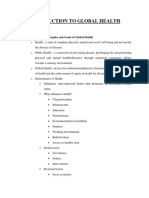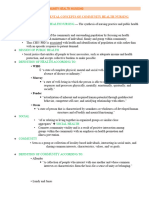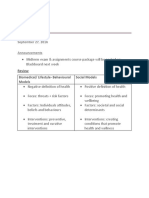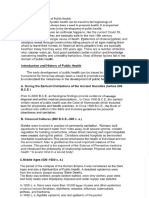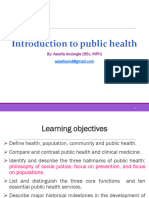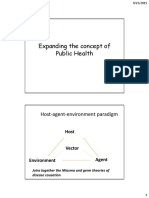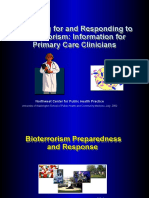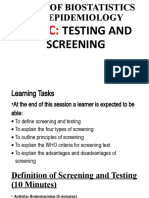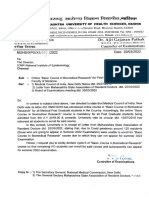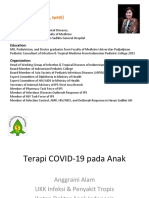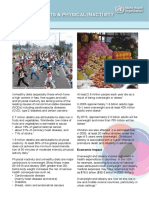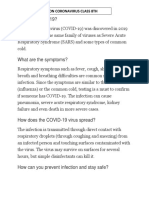0% found this document useful (0 votes)
45 views10 pagesUnit 1 Introduction
The document discusses the concepts of health transition and global health, emphasizing the distinction between individual-focused medicine and population-focused public health. It outlines essential public health services, the emergence of global health, and the demographic transitions affecting health profiles in different economies. Additionally, it describes levels of prevention in health care, including primary, secondary, and tertiary prevention strategies.
Uploaded by
maakamaha3Copyright
© © All Rights Reserved
We take content rights seriously. If you suspect this is your content, claim it here.
Available Formats
Download as PDF, TXT or read online on Scribd
0% found this document useful (0 votes)
45 views10 pagesUnit 1 Introduction
The document discusses the concepts of health transition and global health, emphasizing the distinction between individual-focused medicine and population-focused public health. It outlines essential public health services, the emergence of global health, and the demographic transitions affecting health profiles in different economies. Additionally, it describes levels of prevention in health care, including primary, secondary, and tertiary prevention strategies.
Uploaded by
maakamaha3Copyright
© © All Rights Reserved
We take content rights seriously. If you suspect this is your content, claim it here.
Available Formats
Download as PDF, TXT or read online on Scribd
/ 10










